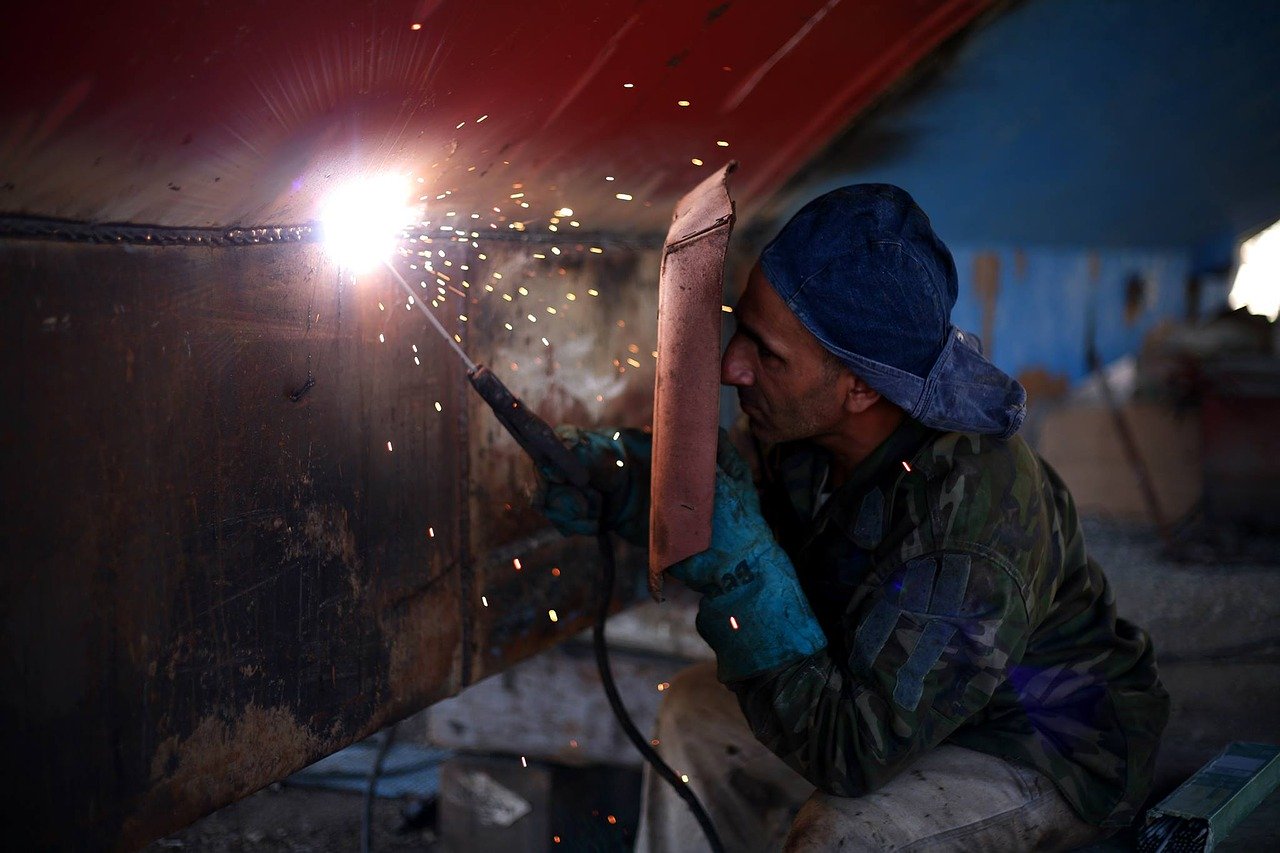A growth phase is an exciting time for any construction business. As your company gets valued by your clients and customers, you can afford to expand your business and invest in new initiatives. However, as you expand, your responsibilities grow, too—think increasing admin work and operations cost, more workers to train and manage. An increase in construction work may mean an increase exposure to risks.
It is important for businesses to acknowledge that as their construction company changes in scale, there is a need for them to pay even closer attention to the details of their construction processes and operations. They should prepare to scale their operations in order to be able to respond to production demands so their growth does not derail their own productivity. Maintaining construction quality and mitigating risks should be top priority.
In order to ensure quality and to reduce risks, you need to set a system of standards or establish a set of processes and rules that would be generally accepted in your practice.
Forecast Your Growth
Most construction businesses aim to make it big and you should, too. Future proof your business plan with feasible projections for growth. Growth means you will have to take on more building projects, gain more profits, and hire more workers. So, as you expand your brand and service to the industry, you will also be helping the labor force and injecting money in the local community.
Anticipate that as your company grows, you will have to be mindful of maintaining the quality of your service and products while being vigilant at reducing risks during your expansion.
Maintain Your Construction Quality
As your business grows, it’s imperative that you maintain your construction quality or else, you will lose your projects. Obviously, poor quality construction work will lead to cost overruns, delivery delays and even rework that could eat up your finances.
A proper working QHSE (quality, health, safety and environment) system is vital so as to assure the quality of your service and product, to avoid unnecessary incidents and injuries, and to support your company’s environmental responsibility. When it comes to health and safety, accidents are a life and death matter. It’s highly important that the whole team is engaged in a safety culture to avoid factors that would compromise the safety and health of the people on the worksite.
A great collaboration tool that allows fluid communication is what your project teams would primarily need to maintain your construction quality. This would allow you, your team and your stakeholders to monitor your entire construction process, do a thorough inventory during handover, and even perform maintenance at the end of construction if needed. Communication is the center of all this because projects usually suffer when communication is disjointed.
Risks Increase as Your Company Expands
The bigger your company gets, the more risks you are exposed to—more people to manage, more processes to monitor because of simultaneous projects, etc. And in order to stay competitive, you have to be ahead when it comes to trends and best practices. That’s a lot of studying and ongoing learning as you comply with the ever-changing government regulations and industry standards.
And of course, as the more risks you have, increased costs follow. As your company expands, there may come a time you will get tempted to cut corners to deliver a project on time. Be aware that instead of saving time, this would usually result to poor work and safety that could lead to expensive legal fees or rework. Instead of sustaining your growth, scenarios like this could set you back and incapacitate your growth.
As the industry is experiencing labor shortage across industries, this is one risk you should look out for. As you’re growing, you have to make the most out of what labor you have—it would be difficult to find labor to perform the job and you wouldn’t want to overwork your workers. You have to look into construction management software that would increase your productivity but minimise the impact of labor shortage. Your employees could accomplish more with fewer resources because of an app.
Standardise Your Processes for High Quality Construction
The best strategy for many growing construction company is standardisation. No matter what kind of project you will be working on, big or small, complex or simple, a standardised system keeps any project on track and allows you to accept more projects. Because standardisation is maintaining standards-based processes with compatible technologies within the construction industry, it ensures that your health, safety and environment (HSE), and construction quality are maintained. In construction, this means you bring to the field appropriate construction software to systemise and streamline your workflows and processes.
To standardise your processes successfully, you have to invest time and resources to set up your software and change management into one comprehensive system. If you are just starting with the implementation of new construction technology and tools, the whole process may be overwhelming and even intimidating but once you have transitioned to the digital, your processes and operations will make you productive in leaps and bounds.
To maintain quality and mitigate risks, you need to establish standards as your company expands. This will help you sustain your company’s growth and effectively keep you competitive in a fast-changing sector. If you’re looking to learn more, we wrote an ebook to help you standardise and stand out from your competitors. Download 6 Keys to Staying Competitive for free today.



